This Track in ACT History: Circuit Riverside Speedway Ste-Croix
/Location: Ste-Croix, QC
Track: 5/8-mile (1 km) oval (14-degree banking)
Also Known As: Circuit Ste-Croix, Circuit Québec-Ste-Croix, Riverside Speedway Ste-Croix
Opened: 1971
# of ACT Races Held: 34
ACT Pro Stock Tour – 4
ACT Late Model Tour – 13
Série ACT – 22 (includes 6 combo events with ACT U.S.)
Sunoco Regional Series – 1
Most Wins:
ACT Pro Stock Tour – Junior Hanley, 2
ACT Late Model Tour – Brian Hoar, 4
Série ACT – Alex Labbé, 4
Sunoco Regional Series – Derek Lynch, 1
A Brief History of Circuit Ste-Croix
Officially, Circuit Riverside Speedway Ste-Croix opened its doors in 1971 – but it took a long time for the track to make its mark on the Quebec racing community. In the late 1960s, Victoriaville businessman Jacques Bourassa enlisted the help of motorsports journalist Jacques Rainville and Quebec Dragway’s J.A. Drouin to lay out a 1-km (5/8-mi) oval, 2.6-km (1.625-mi) road course, and ¼-mile drag strip in Ste-Croix along the St. Lawrence River. Land clearing and construction for the new motorsports complex took place throughout 1969 and 1970. The group even raised the ground level by 12 feet to reduce the risk of flooding during high tides.
When the track actually opened is up for debate: www.autocourse.ca says the first event on the road course was in July 1971, while www.stockcarquebec.com says the paving contract was awarded at the end of July. The first event they list is a three-day event from October 9-11, 1971. What’s for sure is that Circuit Ste-Croix also held the “National 250” on October 17 for Late Model Sportmen cars (though we have been unable to determine who won). The following year, the track hosted the Molson 300 as part of the NASCAR Late Model Sportsman National Championship, which was won by Bobby Dragon. But the facility quickly ran into financial difficulties and was shut down after just a few years of operation. (Again, there is a discrepancy on the date; the track’s Wikipedia page says it closed in 1974, while Stock Car Quebec says it closed in 1976.) Riverside Speedway then sat dormant until the oval was revived in 1985. Perhaps coincidentally, this was the same year another Quebec track once known as Riverside Speedway – Autodrome Laval – was shuttered for good.
A mix of regular racing events and thrill shows were held over the next few years before Cicuit Ste-Croix really began to take off. The American-Canadian Tour (ACT) made its first visit in 1990, and later in the decade, the track hosted the CASCAR Super Series East along with the short-lived Northeast Pro Stock Association and Pro Truck Tour. In 1999, then-promoter Denis Lachance began a revitalization project that included a new 1.77-km (1.1-mi) road course to replace the original abandoned layout. The first event on this new course was run by the Serie Supreme ADL Tobacco on June 11, 2000.
The track continued to hold major events throughout the 2000s and early 2010s. In addition to ACT, they hosted several other Late Model series and became a regular stop for Série Sportsman Quebec. They also welcomed the ProCam Super Truck Series on a regular basis. However, following the 2016 season, owners Jean and Guillaume Bergeron announced their decision to sell the track, and Circuit Ste-Croix went quiet – but not silent. Drifting events in 2017 and 2018 prevented the facility from shutting down entirely. This year, an event has been scheduled that will feature an ACT-sanctioned Late Model race, the ProCam Super Trucks, and the Sport Compact Elite and Amateur classes. Four Moto Racing Quebec (MRQ) events and two drifting competitions have also been schedule for 2019, keeping Circuit Ste-Croix alive for at least one more year.
Random Track Fact: “Ste-Croix” is French for “Holy Cross” or “True Cross”, meaning that “Circuit Ste-Croix” roughly translates to “Holy Cross Speedway”. The Quebec municipality the track is located in was actually established in 2001 by combining the village of Ste-Croix and the local parish. The Ste-Croix church sits on the same road as the speedway about 2.5 miles away.
Random Track Fact #2: Another (fictional) “Circuit Sainte-Croix” exists in the Gran Turismo Sport video game. This particular track is actually based around the Lake of Sainte-Croix reservoir in Southern France. While the lake does exist, as do the streets that make up the 6-mile fictional road course, there is no officially sanctioned racing there in real life.
ACT at Ste-Croix
ACT wasn’t even a twinkle in Tom Curley’s eye during Circuit Ste-Croix’s first brief run. The track was revived the year before ACT was officially formed – and after the new track management team spent a few years getting off the ground, an agreement was reached for the ACT Coors Tour to pay a visit on August 11, 1990. The event saw Steve Knowlton score his first and only ACT win in the Giguere 100. After Junior Hanley took back-to-back wins in the Budweiser 200 in 1991 and 1992 – the second of which also included a 50-lap event for the new ACT Late Model Sportsman International Series, won fittingly by Brian Hoar – ACT took a brief hiatus from Circuit Ste-Croix. They returned in 1995 for a 150-lap event won by Brad Leighton en route to the final ACT Pro Stock Tour championship.
When the Pro Stock Tour shut down, the Late Models took over their spot at Ste-Croix – in fact, the May 19, 1996 event was the first ACT Late Model Tour event as the “headline” series. Events on the St. Lawrence River came in two’s over the next decade – Late Model Tour races were held in 1996 in 1997, then again in 2002 and 2003, and then once again in 2006 and 2007. However, 2007 saw the beginning of a more regular ACT presence at Ste-Croix after the acquisition of the Série Nationale Castrol Late Model Sportsman Quebec. The renamed Série ACT Castrol ran three events at Ste-Croix in 2007. After a year off from the track in 2008, they held 2-3 events a year from 2009 through 2015. Beginning in 2010, one of those events was the Can-Am 200 (later 150), a combination event for the ACT Late Model Tour and Série ACT. All six editions saw intense racing as the best American and Canadian drivers went toe-to-toe. (The event was also known for getting rough. Double-digit caution flags were routine, including a track-record 19 in the 2013 edition.) Overall, Hoar was the man when the U.S. invaders came to town, while Alex Labbé was king of the Quebecers – each has four wins at the track.
Unfortunately, ACT racing at Circuit Ste-Croix came to a sudden halt following the 2015 season. The day before making a post on the GuideAuto forums announcing that ACT would not return in 2016, Circuit Ste-Croix announced a partnership with Autodrome Chaudiere and Autodrome Montmagny to form a new Late Model series in Quebec (http://guideauto.com/forum/showthread.php?t=90643). While this series never came to pass, it marked the end of ACT racing on the St. Lawrence.
At least, it was the end until 2019. ACT is coming to the Old Capital Region on June 2 to sanction the Jean-Paul Cabana 125. The event is the day following the Claude Leclerc 150 at Autodrome Chaudiere for the ACT Late Model Tour. While the Circuit Ste-Croix race does not count for points, it nevertheless is poised to be a triumphant return to a track that has played a big role for ACT over the past three decades.
Random ACT Fact: Steve Knowlton’s 1990 upset win is one of five times a driver earned their first ACT victory at Circuit Ste-Croix. The others were Mike Bruno (6/1/1997, ACT Late Model Tour), Sylvain Lacombe (6/29/2002, ACT Late Model Tour), Patrick Hamel (6/18/2011, Série ACT), and Dany Trepanier (7/13/2013, Série ACT).
Random ACT Fact #2: The 2007 ACT Late Model Tour event at Ste-Croix had been scheduled prior to the formation of Série ACT. As such, the three Série ACT events in 2007 (6/24, 7/24, and 8/1) were held in addition to the ACT Late Model Tour event on June 2. This is the only time separate ACT Late Model Tour and Série ACT events were held at a track in the same season.
ACT’s Future at Circuit Ste-Croix
The future of ACT at this speedway may well depend on how the 2019 event goes. Should it be a success in terms of car counts and attendance, it could potentially lead to more ACT events and racing in general at the 5/8-mile oval. In another less-happy scenario, it could end up being the last hurrah for a track has already been through a lot in the last half-century. Either way, there’s at least one more chapter in this story that has yet to be written.










































